Recently a church bombing in Peshawar at All Saints Church resulted in one of the deadliest attacks on Pakistan’s Christian minority in years. After Hindus, Christians are Pakistan’s second-largest minority group in the country’s chiefly Muslim population. While visiting Pakistan in 2011, photojournalist Nushmia Khan photographed a Christian community in Lahore. She shares this photo essay to raise awareness of Pakistan’s Christians.
* * *
Shahnaz’s smile was contagious. Each morning she came and swept our home of the dust it had accumulated in just 24 hours. Dust in Lahore never stops: it gets in your fingernails, your nostrils, in between your toes. She ate from the same plates, and the other servants would sometimes complain about this. In any other household, she’d be given different plates, made from a cheaper tin material. Plates for Christians. But of all the servants, I was most comfortable around her. I felt a bit intrusive, but I finally asked her whether I could go to church with her one Sunday.
Once I reached there, the church organizers noticed that I was taking more than just a few pictures, they confronted me and made me promise that I was taking them for educational purposes, that I wouldn’t share them with any Pakistani newspapers. There had been too many attacks in recent days and they didn’t need anybody to find them. Once I realized the entire room was feeling endangered, I had to stop photographing.
They were angry with Shahnaz’s family after my visit. It was sad to see a minority group in my parent’s country feel so endangered. I have been too used to acting like an “oppressed minority” as a Muslim in America only because I might get a few looks and questions every once in a while. I should not forget how hard it has become in countries where I am in the majority, where people who practice a faith other than Islam are scared for their safety. This was not the way of our Prophet.
Here are the photos I was able to take.
All of the young girls were wearing white dresses for the Church’s Christmas celebration.

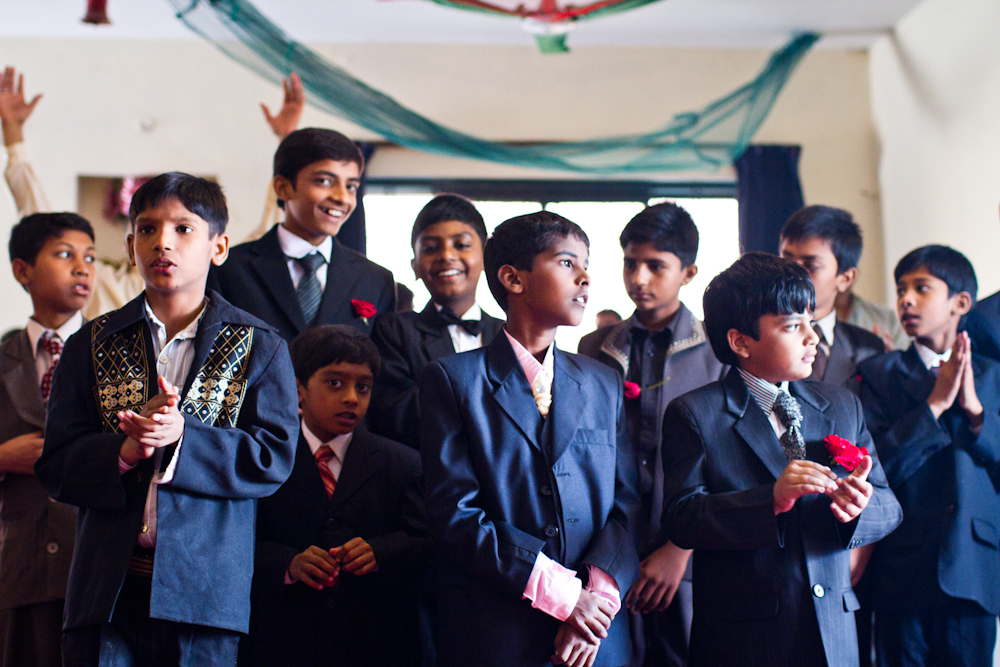
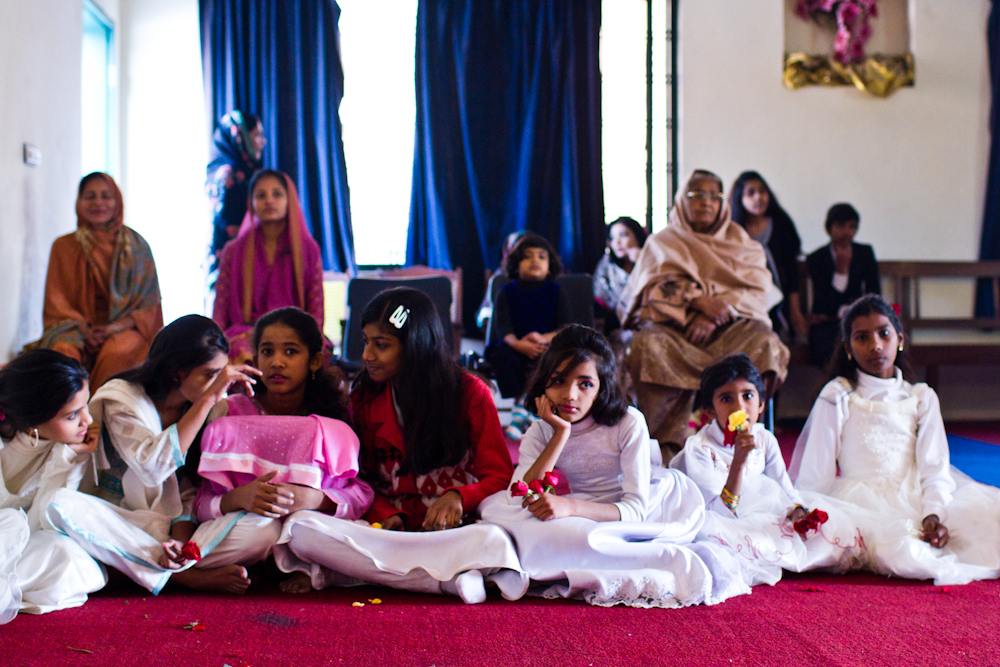
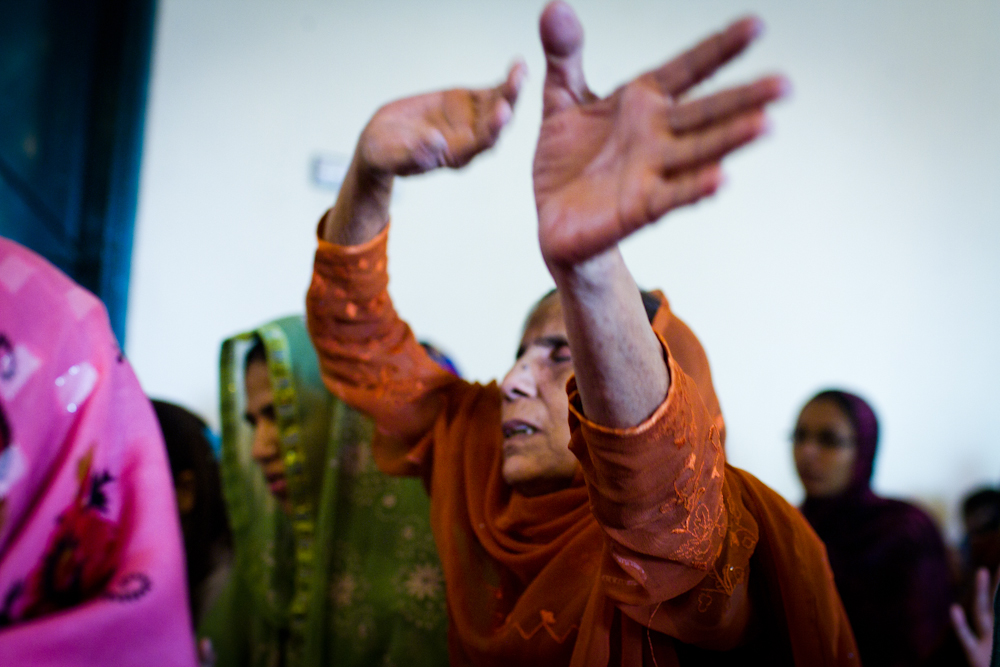
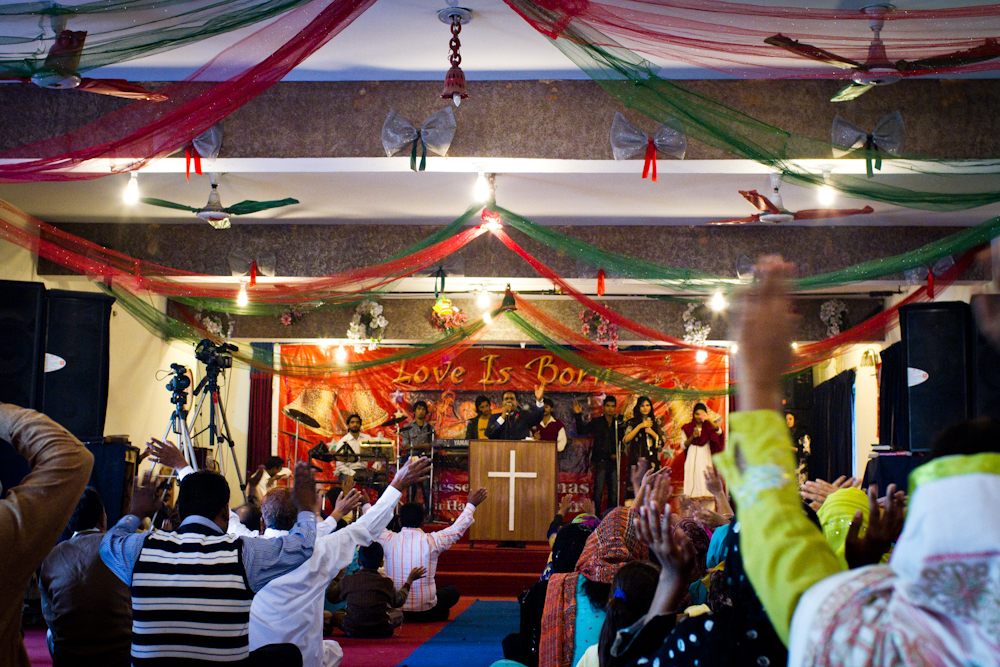
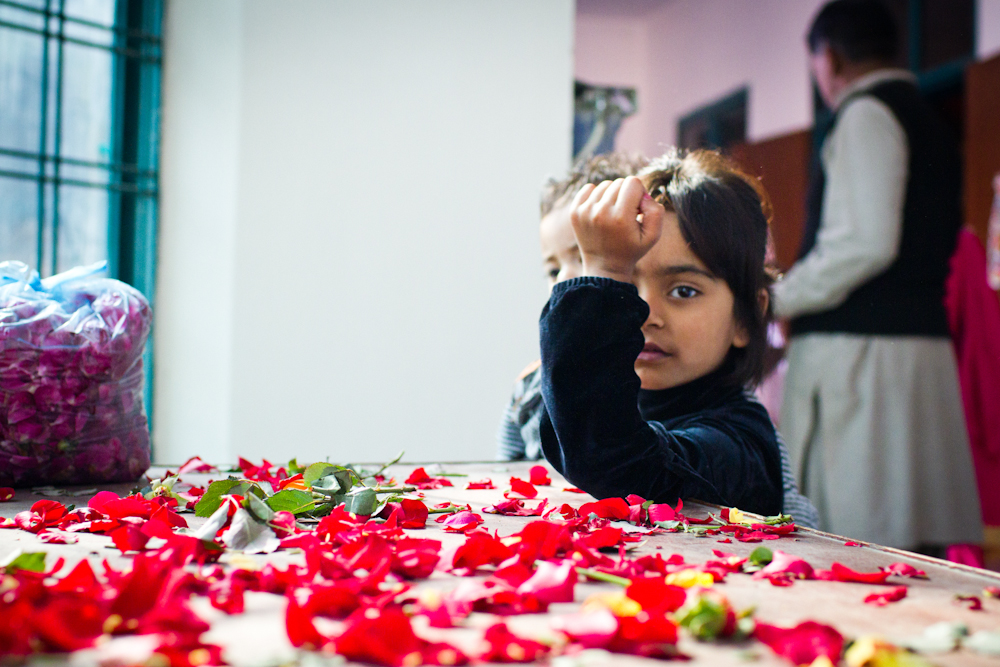
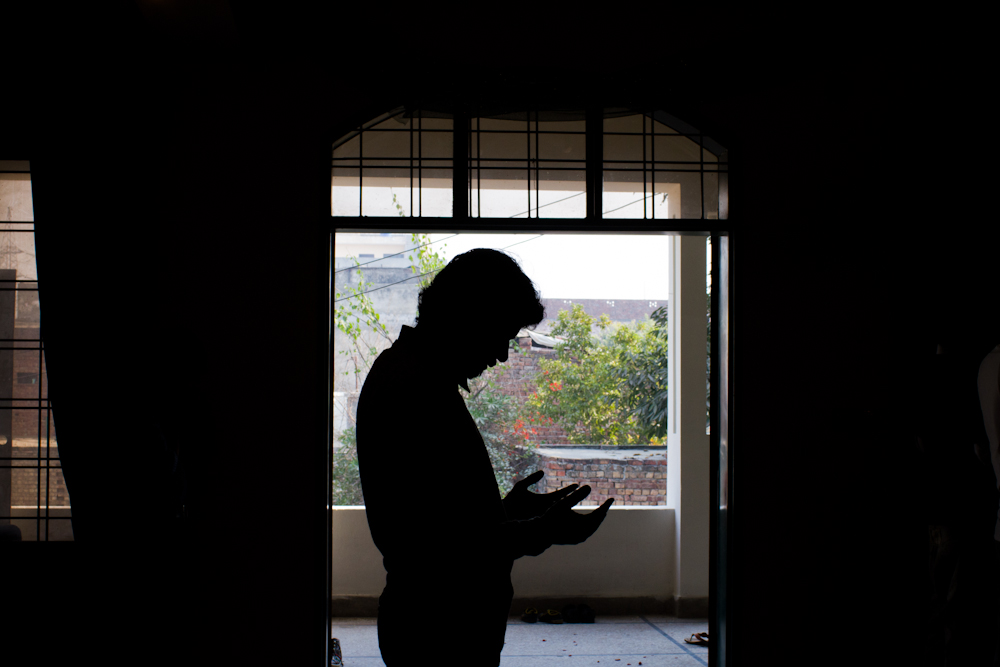
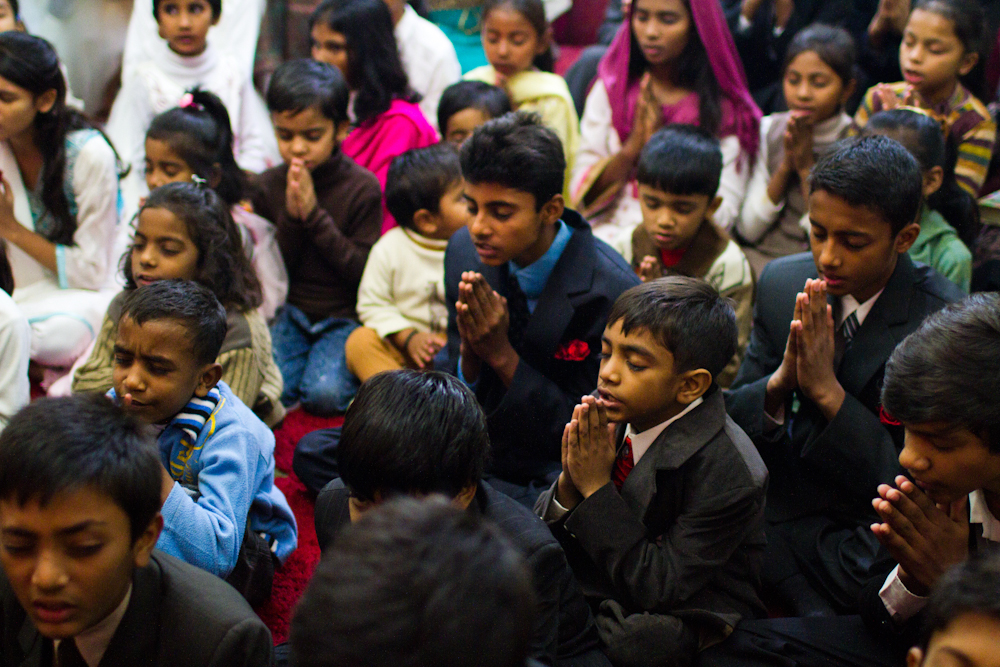
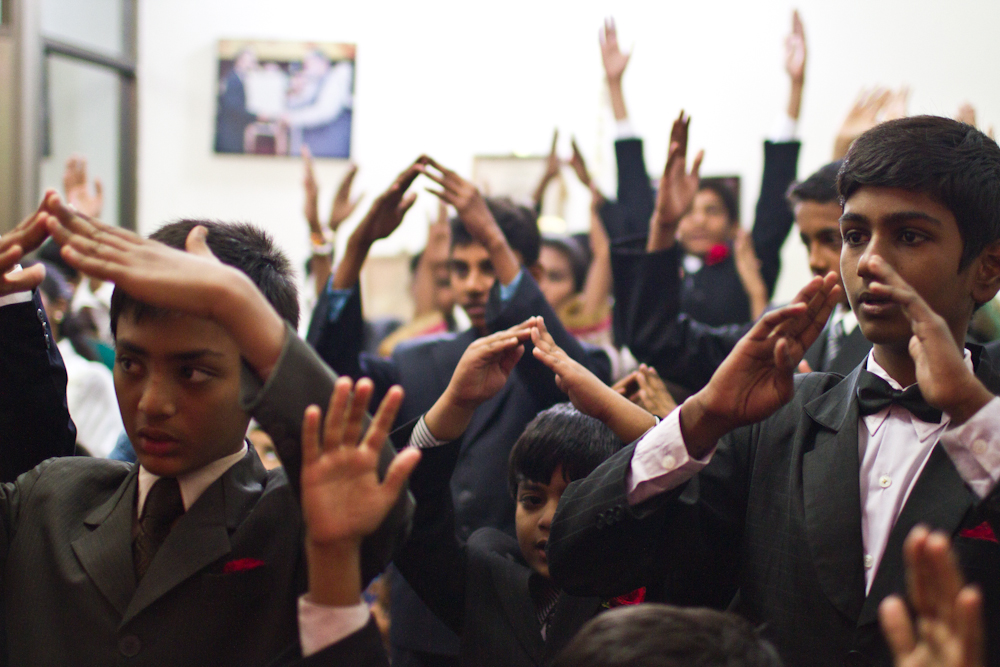
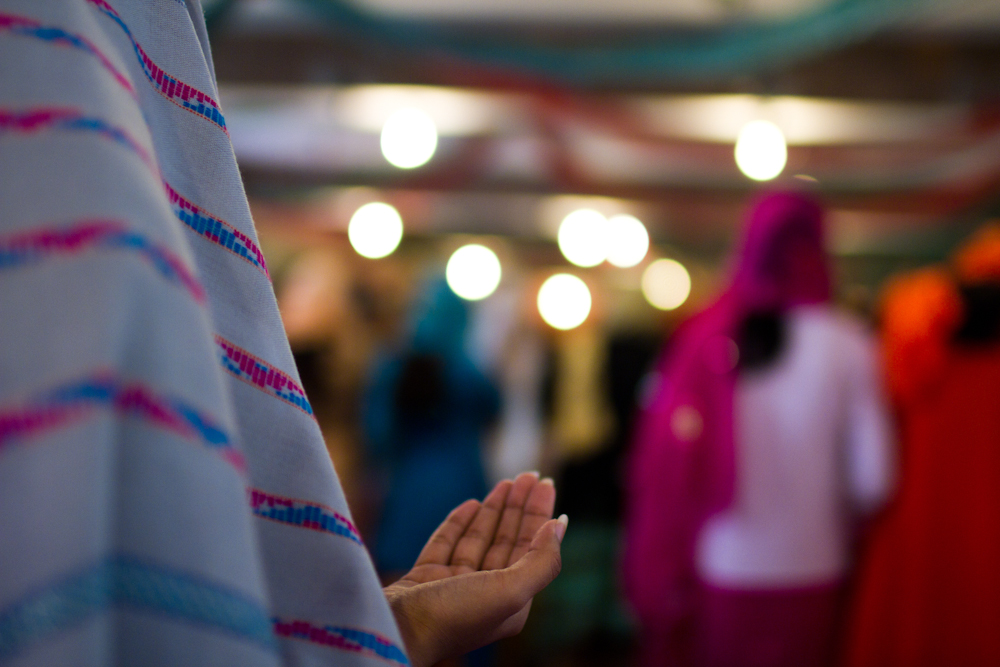
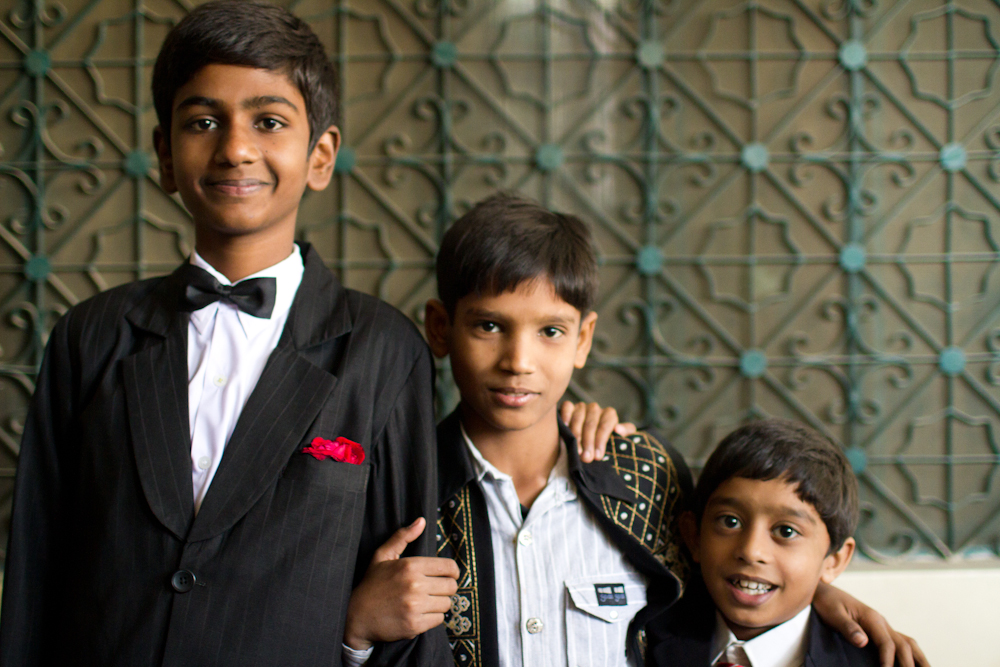












Beautiful photo essay. Quick note for some additional context: the way that the adults are holding their hands is also part of a longstanding Christian tradition. It is a variation on the ancient “orans” position during prayer.